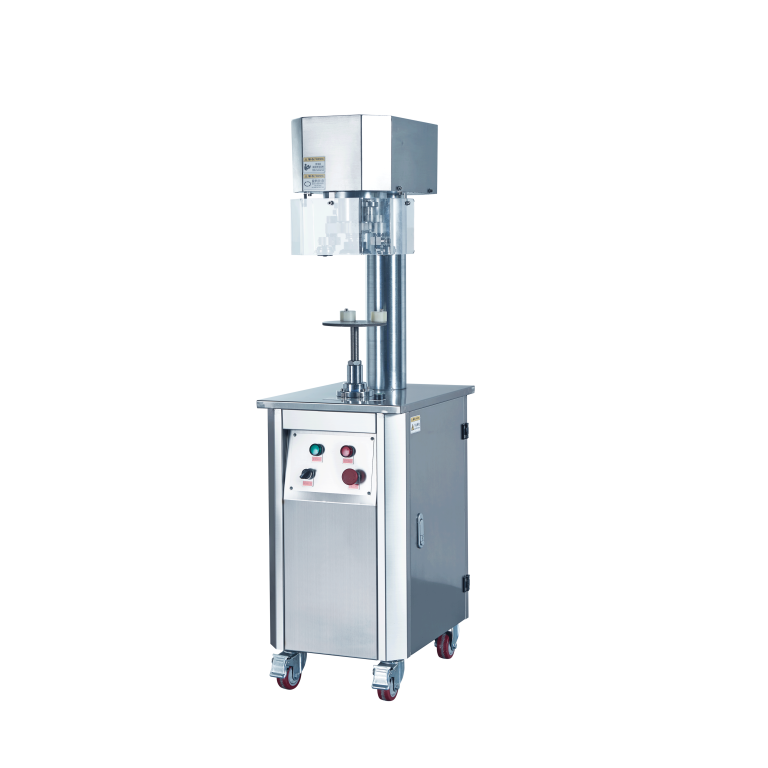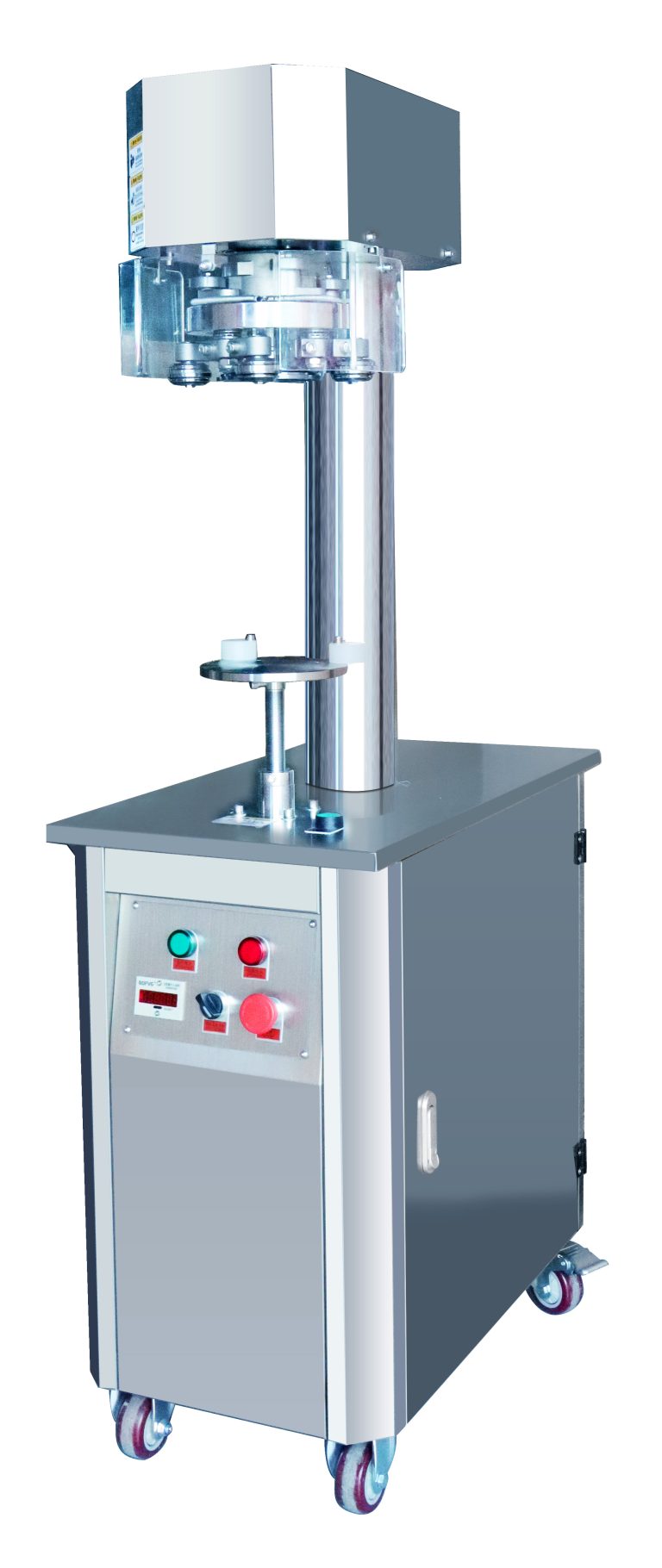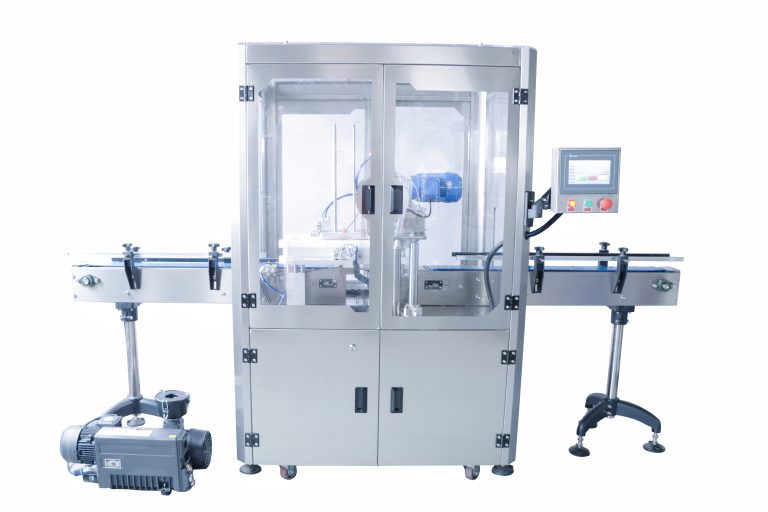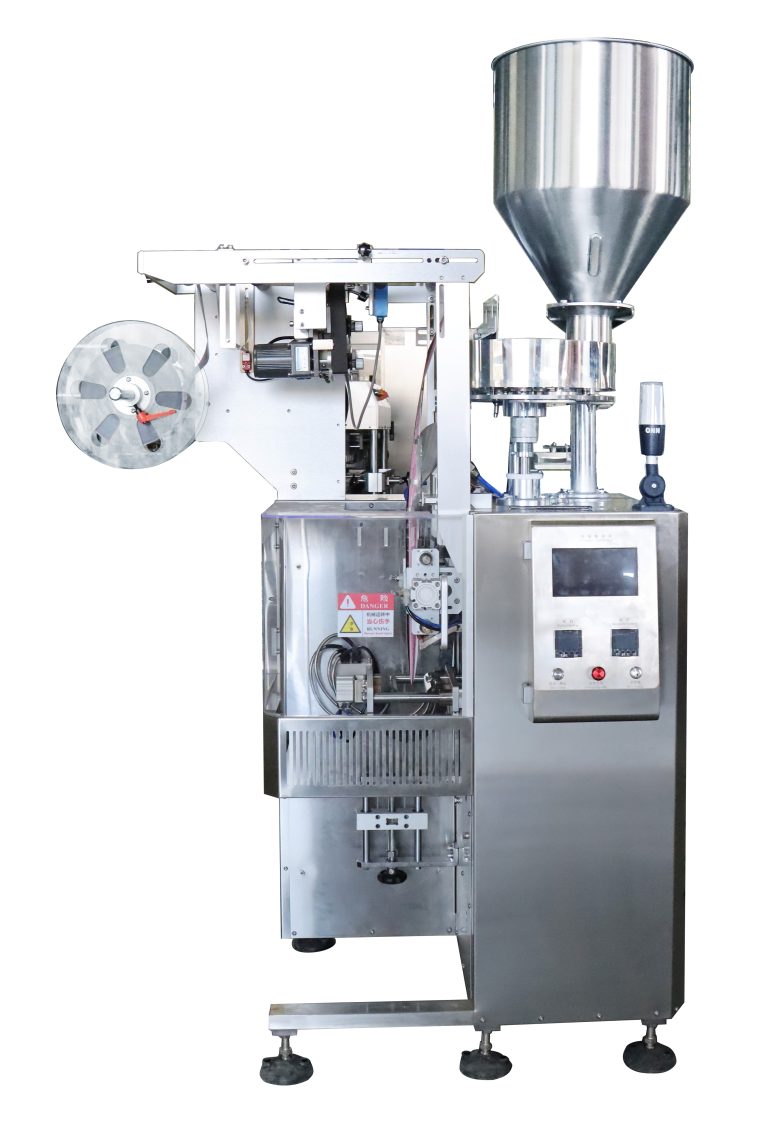Benefits of Implementing a Fully Automatic Liquid Filling Production Line
In today’s fast-paced manufacturing industry, efficiency and productivity are key factors in staying competitive. One way to streamline production processes and increase output is by implementing a fully automatic liquid filling production line. This advanced technology offers a wide range of benefits that can significantly improve the overall performance of a manufacturing facility.
One of the primary advantages of a fully automatic liquid filling production line is its ability to increase production speed. By automating the filling process, companies can significantly reduce the time it takes to fill containers with liquid products. This not only allows for higher output levels but also ensures consistent and accurate filling, leading to improved product quality.
In addition to increased speed, a fully automatic liquid filling production line can also help reduce labor costs. With automation, fewer workers are needed to operate the production line, freeing up employees to focus on other tasks within the facility. This can result in significant cost savings for companies, as they can reallocate resources to areas that require more attention.
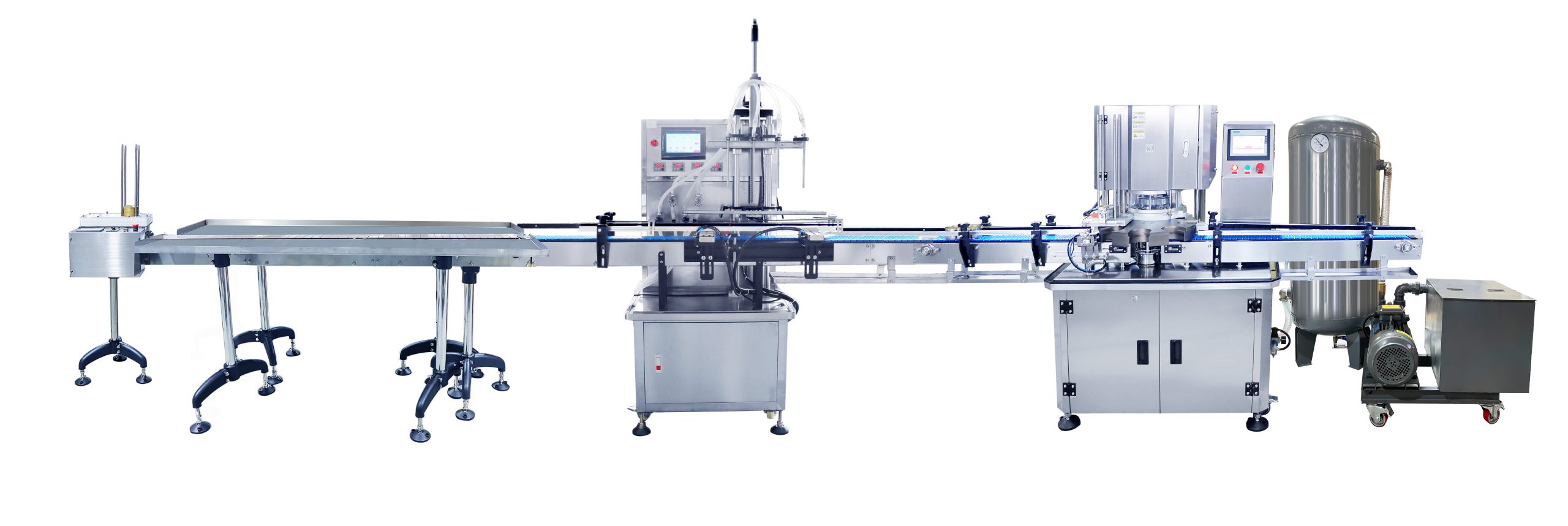
Furthermore, automation can also improve overall efficiency and accuracy in the filling process. By eliminating human error, companies can ensure that each container is filled to the exact specifications, reducing waste and minimizing product recalls. This level of precision is crucial in industries where product quality is paramount, such as pharmaceuticals or food and beverage.
Another benefit of implementing a fully automatic liquid filling production line is the ability to easily scale production. As demand for a product increases, companies can simply adjust the settings on the production line to accommodate higher output levels. This flexibility allows manufacturers to quickly respond to market demands and maintain a competitive edge in the industry.
Moreover, automation can also improve workplace safety by reducing the risk of accidents and injuries associated with manual labor. With automated systems in place, employees are less exposed to hazardous materials and repetitive tasks, leading to a safer work environment overall. This not only protects workers but also helps companies avoid costly workplace incidents.
Additionally, a fully automatic liquid filling production line can help companies meet regulatory requirements and industry standards. By ensuring consistent and accurate filling processes, manufacturers can comply with strict guidelines set forth by regulatory bodies. This level of compliance is essential for companies operating in highly regulated industries, as it helps avoid fines and penalties for non-compliance.
In conclusion, the benefits of implementing a fully automatic liquid filling production line are numerous and can have a significant impact on a company’s bottom line. From increased production speed and efficiency to reduced labor costs and improved product quality, automation offers a wide range of advantages that can help manufacturers stay competitive in today’s market. By investing in this advanced technology, companies can streamline their production processes, increase output levels, and ultimately achieve greater success in the industry.


